[ad_1]
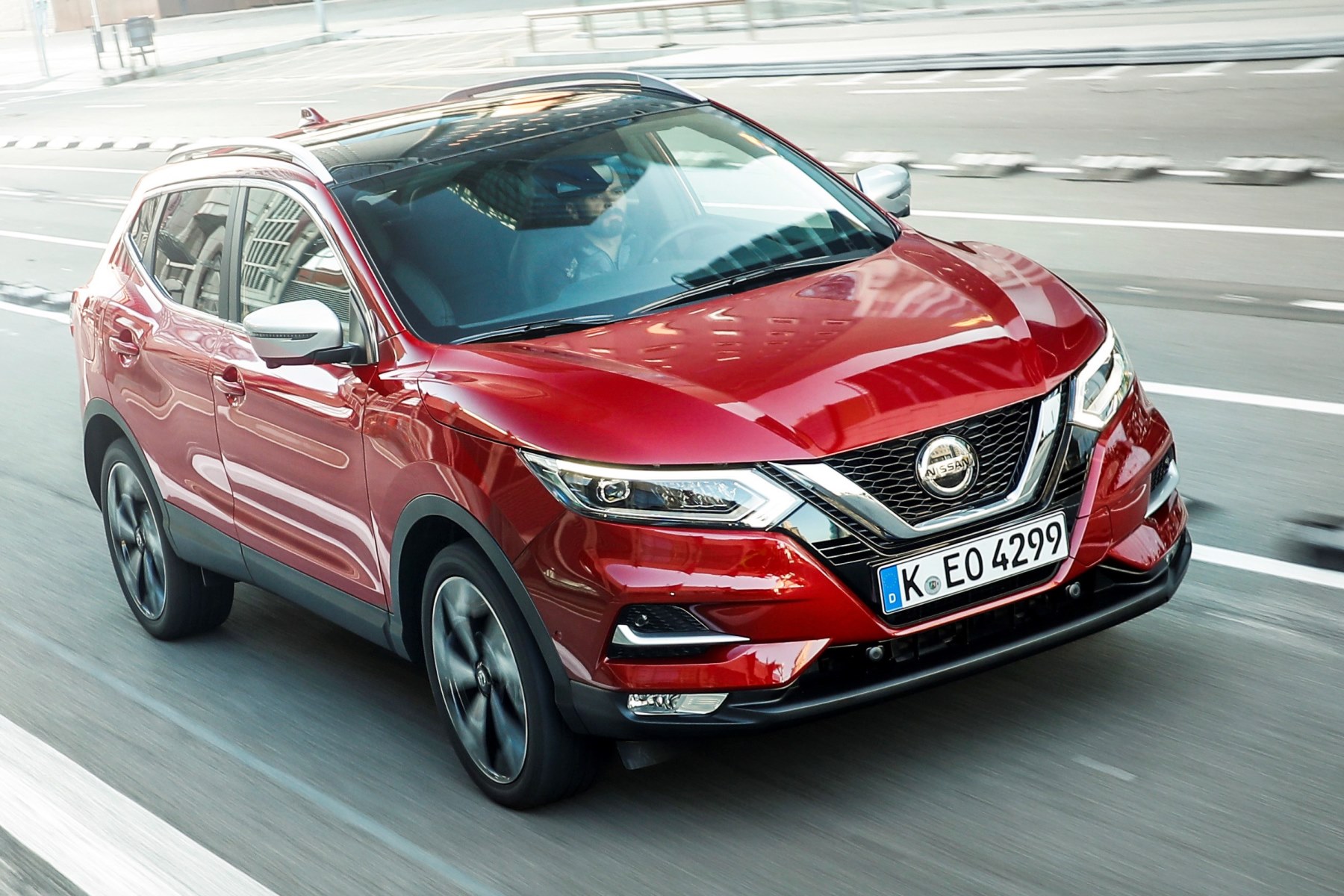
The Qashqai is the car that Nissan always gives. Originally introduced in 2007, it started madness for CrossOvers and it is still Europe’s best -selling car in this segment.
In its second generation (up to present in 2013), the Qashqai, built in British, is currently the fourth most popular car in Great Britain and is behind the Ford Fiesta, the Volkswagen Golf and Vauxhall Corsa.
Instead of resting on his laurels, Nissan constantly develops the Qashqai, which is just as good because the Japanese giant believes that his competitors cut from only six to 2008 to 31 in 2018.
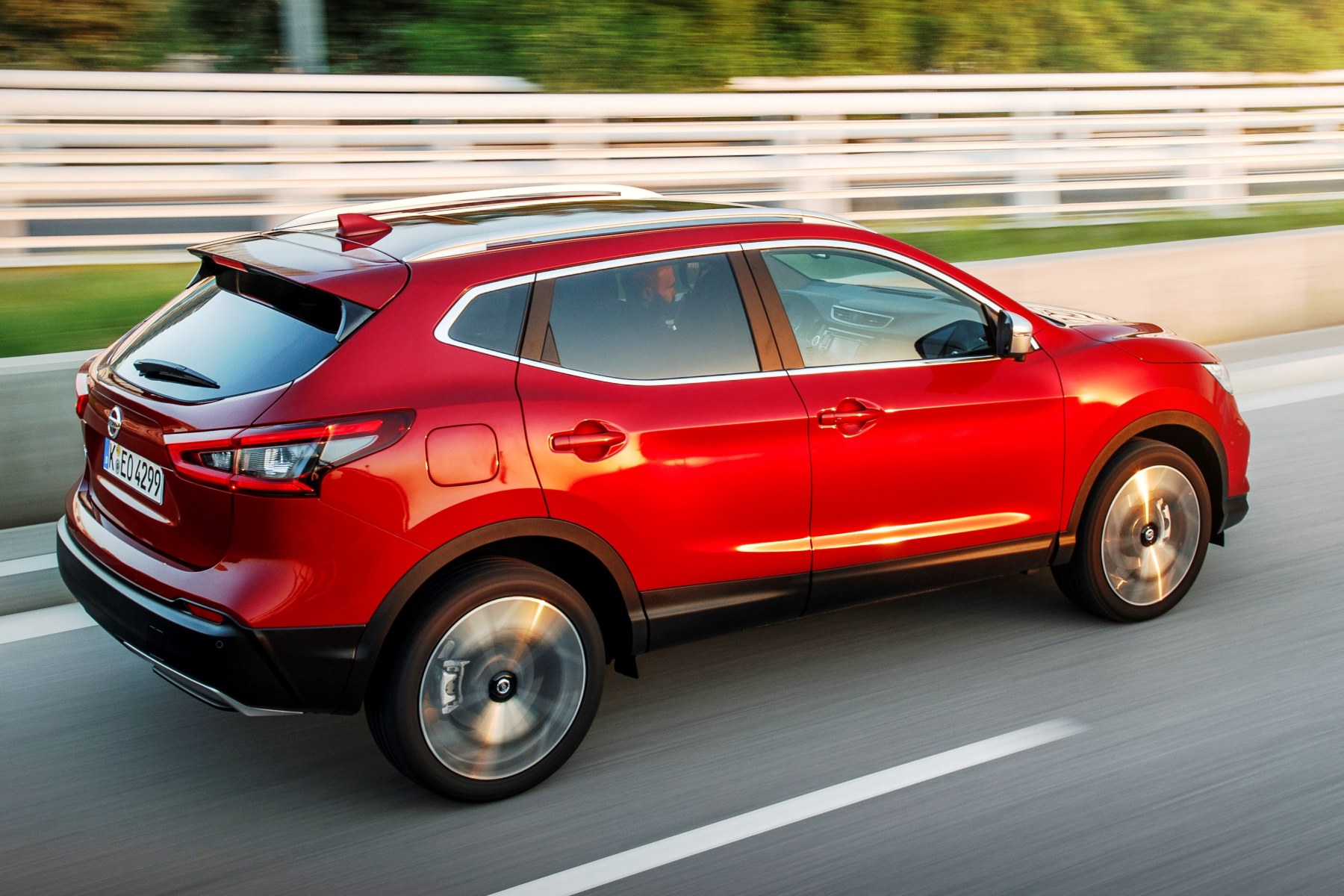
The impressive competitors on the medium-sized crossover market are now the Seat Ateca, Renault Kadjar, Mazda CX-5, Peugeot 3008, Hyundai Tucson and Kia Sportage.
Nissan hopes that his latest upgrades will keep the Qashqai in a sector at the top of the pack in which the robust SUV looks, a high driving position, the practicality and driving ban procedure have proven as a winning combination.
The big question is: will a brand new 1.3-liter petrol turbo engine, a DCT automatic transmission and the latest Nissanconnect-Infotainment system make the trick?
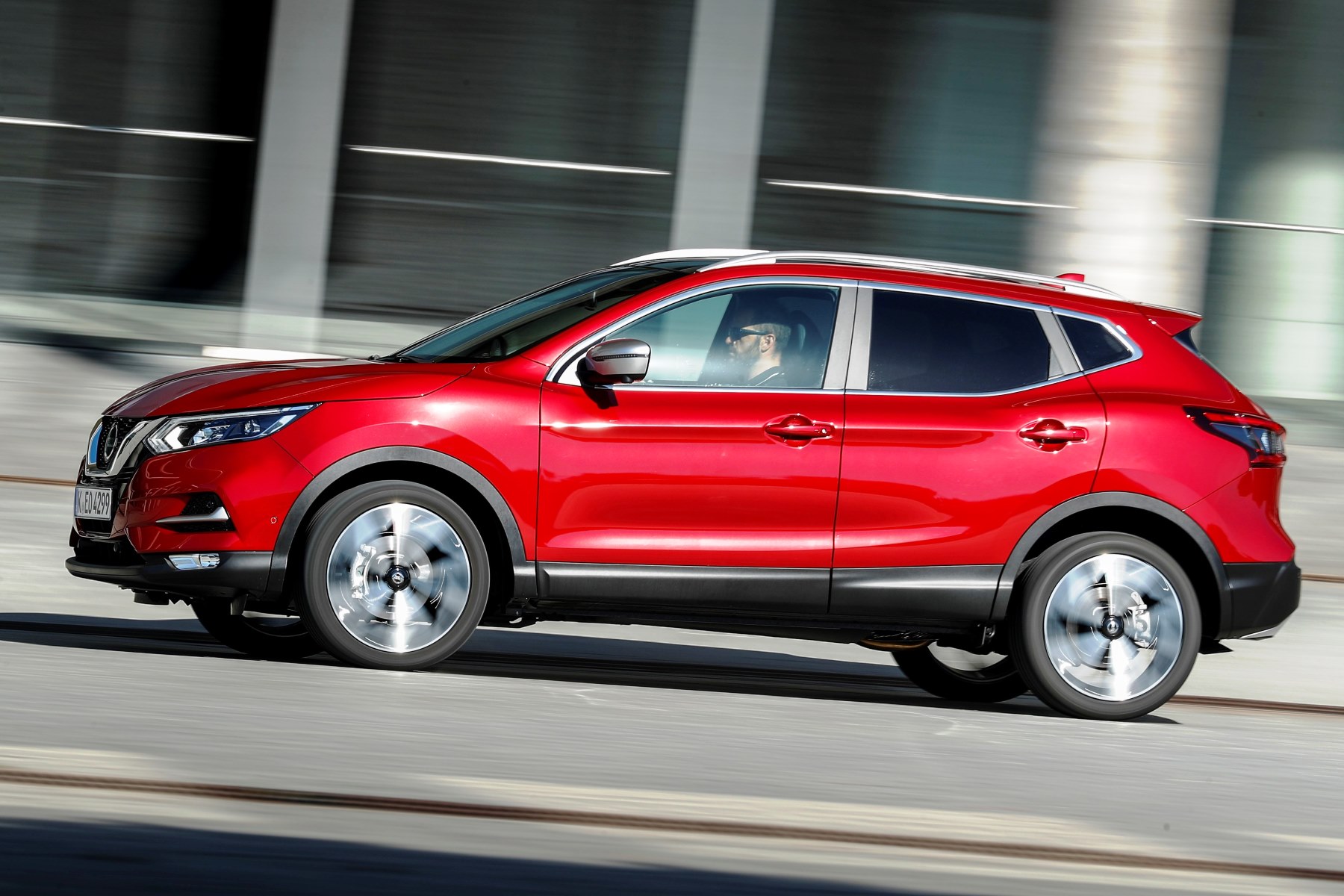
We flew in Barcelona for the press start to find out ourselves …
First, the new engine replaces both the previous 1.2 (113 hp) and the petrol units of 1.6 (161 hp).
Available with two power outputs (138 hp and 158 hp), it is offered with a six-speed manual, while the more powerful version also receives a new option seven-speed automatic (Dual Clutch gear) that replaces the unpopular CVT transmission.
The new engine will be developed in collaboration with Daimler and will be located in various cars in the Renault-Nissan-Mitsubishi Alliance (e.g. Renault Kadjar), while recently also debut in the brand new Mercedes-Benz A-Class.
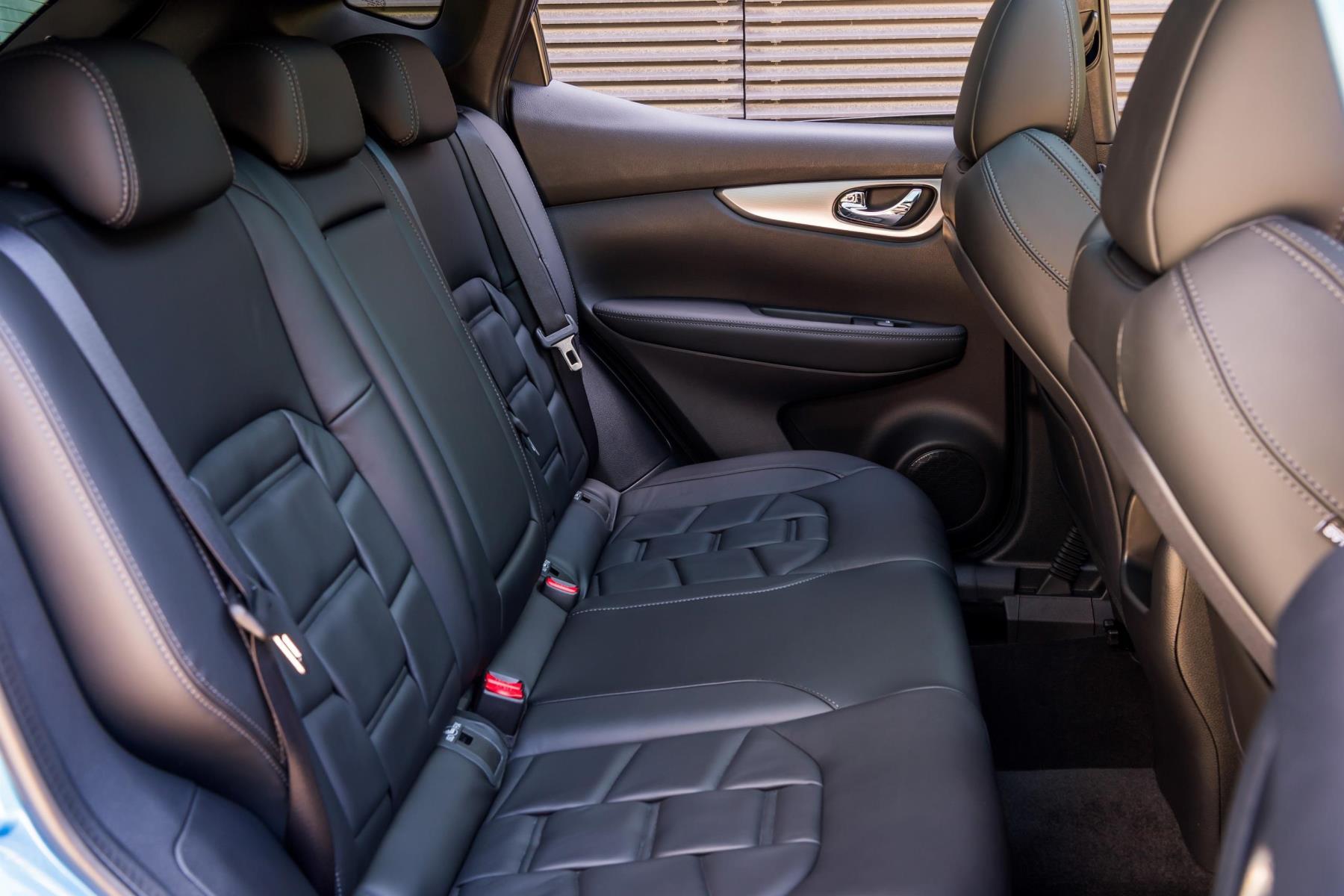
The engine is lighter, more compact and full of technical progress, which I can hardly understand, let alone list in simple English. The engine is more efficient and more economical and delivers up to 53.3 MPG with CO2 emissions of only 121 g/km.
The acceleration (0-62 miles per hour) in the entry level 138 hp engine is similar to the outgoing engine with a time of 10.5 seconds. However, it is important that 50-62 miles per hour and 62-75 miles per hour have dropped significantly (18% or 35%).
The 158 -horsepower version also has an additional torque, even though it supplies a little with electricity. Nissan says that they are cheaper to maintain the service intervals of 12,000 to 18,000 miles.
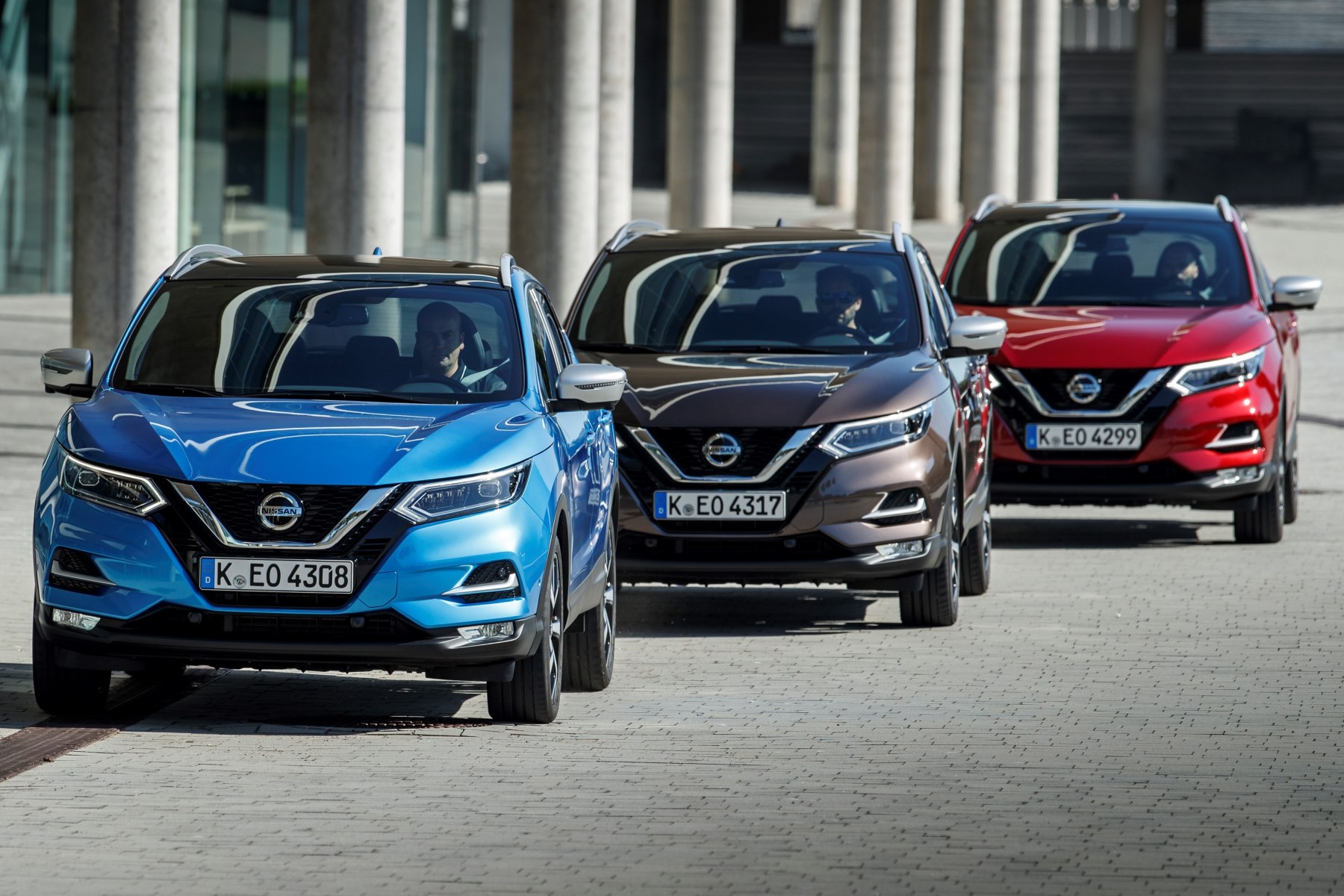
If you prefer a diesel engine, the 1.5-liter DCI unit is also available, with a new 1.7-liter device connected to the range in 2019.
Nissan expects the 138 -HP version of the petrol engine to be the largest seller, but of course we both tested.
The first thing they notice with both performance variants is the refinement – they are inconspicuous unless they joined their right foot, but even then it is not particularly hard. Motorway cruises are particularly relaxed.
The power supply is smooth and both react. In fact, there is little to decide. So if you don’t have a car full of passengers or towing (now up to 1500 kg), the willing 138 -hp version is okay.
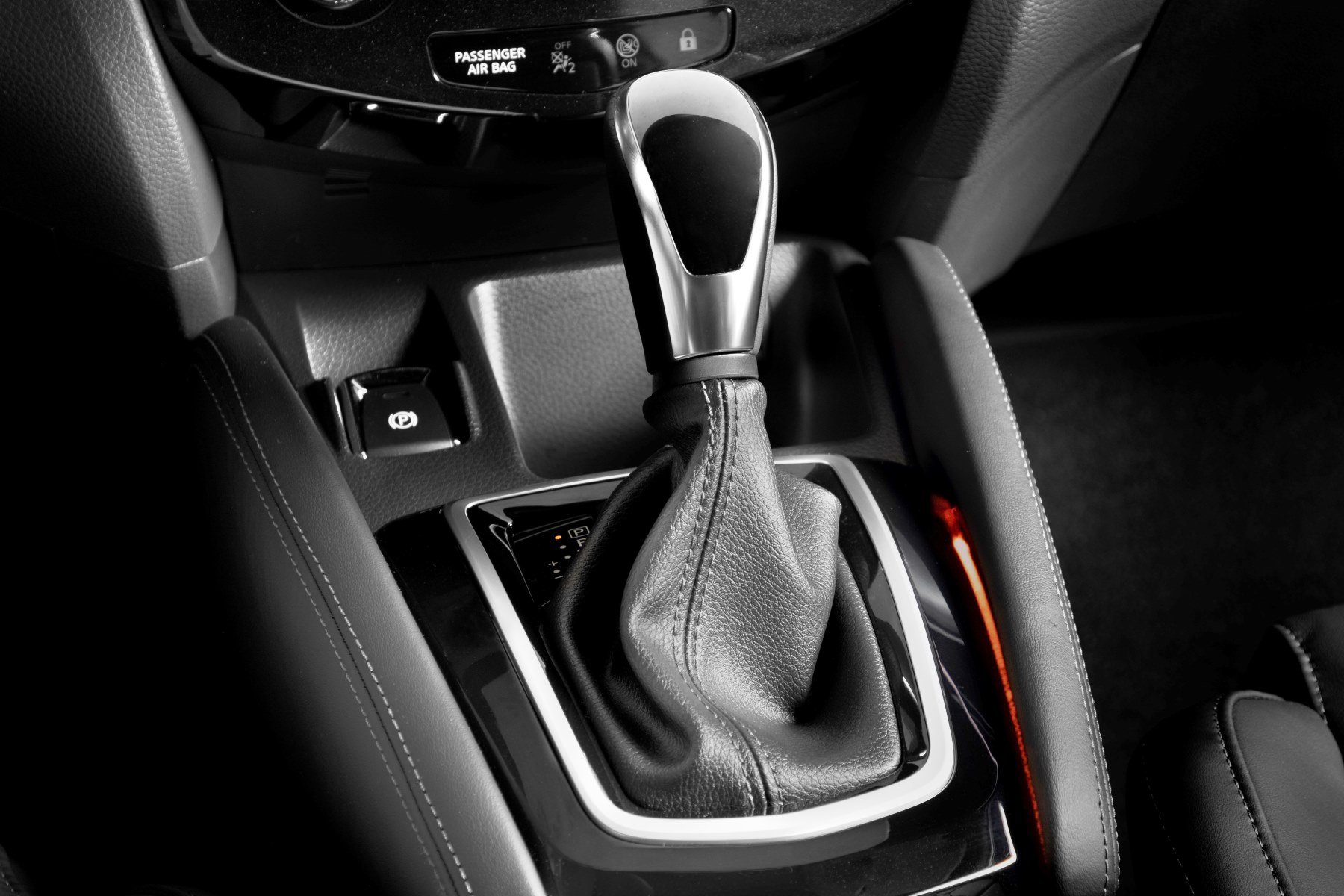
We also tested the 158 -hp engine, which was combined with the new DCT automatic transmission.
Many will be happy to see the back of the outgoing CVT (continuously variable transmission) in favor of the DCT.
In order to be fair, Nissans CVT (Xtronic) was not the worst and worked well in urban areas, but the tendency on the open street was not ideal for long periods of time.
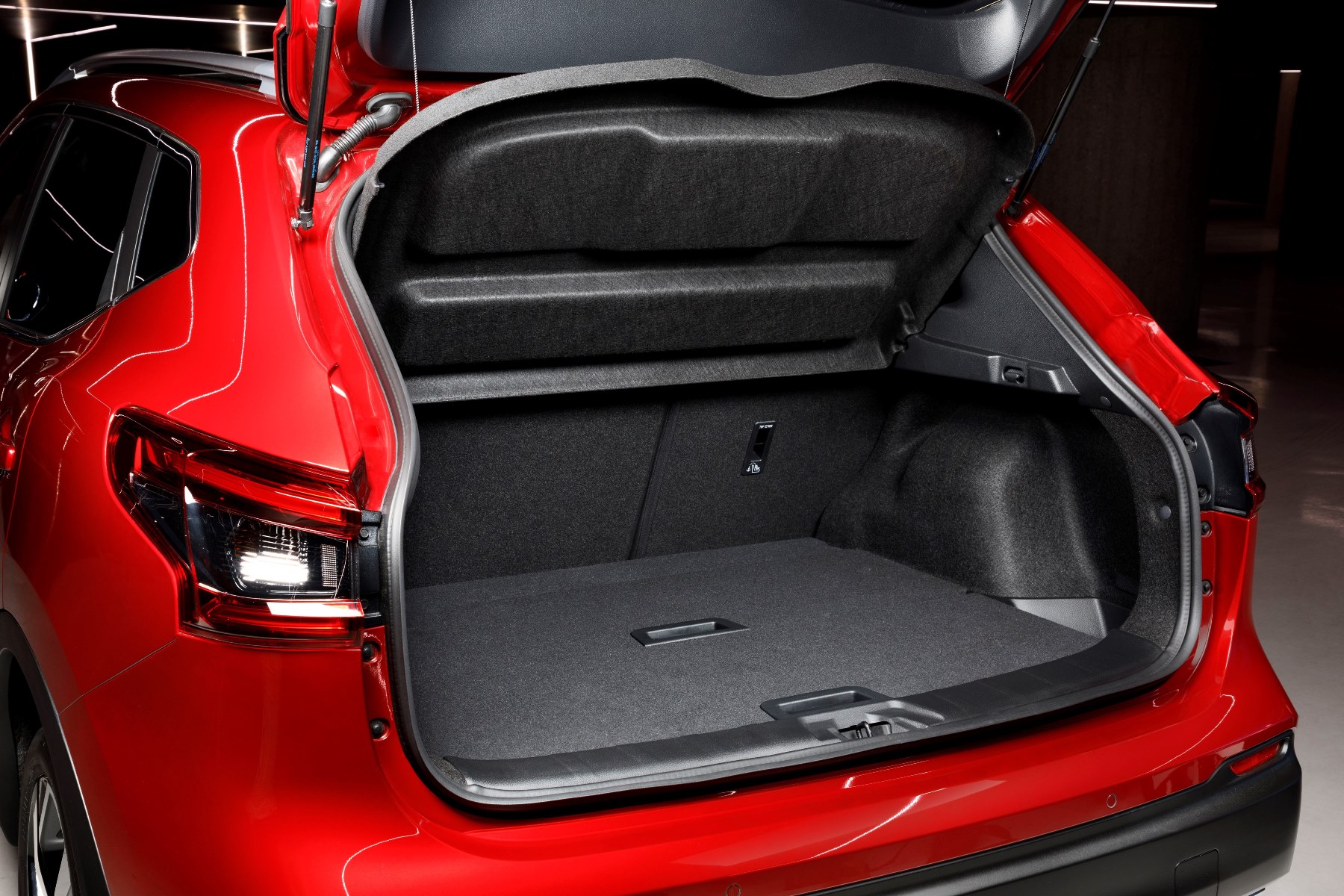
Fortunately, the new seven-speed automatic transmission has a conventional feeling. The more spirited drivers among us will say that it is not the fastest of the brand, but it is shifting smoothly and generally at the right time, i.e. done.
The six-speed manual in the same car is a bit faster and feels it. There is also this additional participation of the driver, but the automatic is a good all -rounder.
The other big change is the new Nissanconnect -Infotainment system. Perhaps the most important progress here is that Apple CarPlay and Android Auto are finally available (all equipment variants with the exception of the entry -level visa).

Obviously, a lot of work has been entered into the software of the new system, which is a real step-up. It can be updated over the air, and there is no doubt that it is slicker and the cards are more detailed, but if at all, it is sometimes a bit too busy.
The screen can be adapted with abbreviations via “Drag & Drop” functionality. There is also voice recognition and real-time traffic information from TomTom, the door to the door to door navigation enables you to choose a goal on your smartphone when you send to your Qashqai at home or in the office, and then the route begins, As soon as you start your car.
However, the 7.0-inch touchscreen has the same size as before and on the small side, while there are infotainment systems that contain crisp, lighter and colorful touchscreen displays.
Elsewhere, the Qashqai is the same as before, which is not a bad thing. Attractive, easy to drive with easy steering, good handling and a great visibility of all -rounds is as practical and comfortable as always.
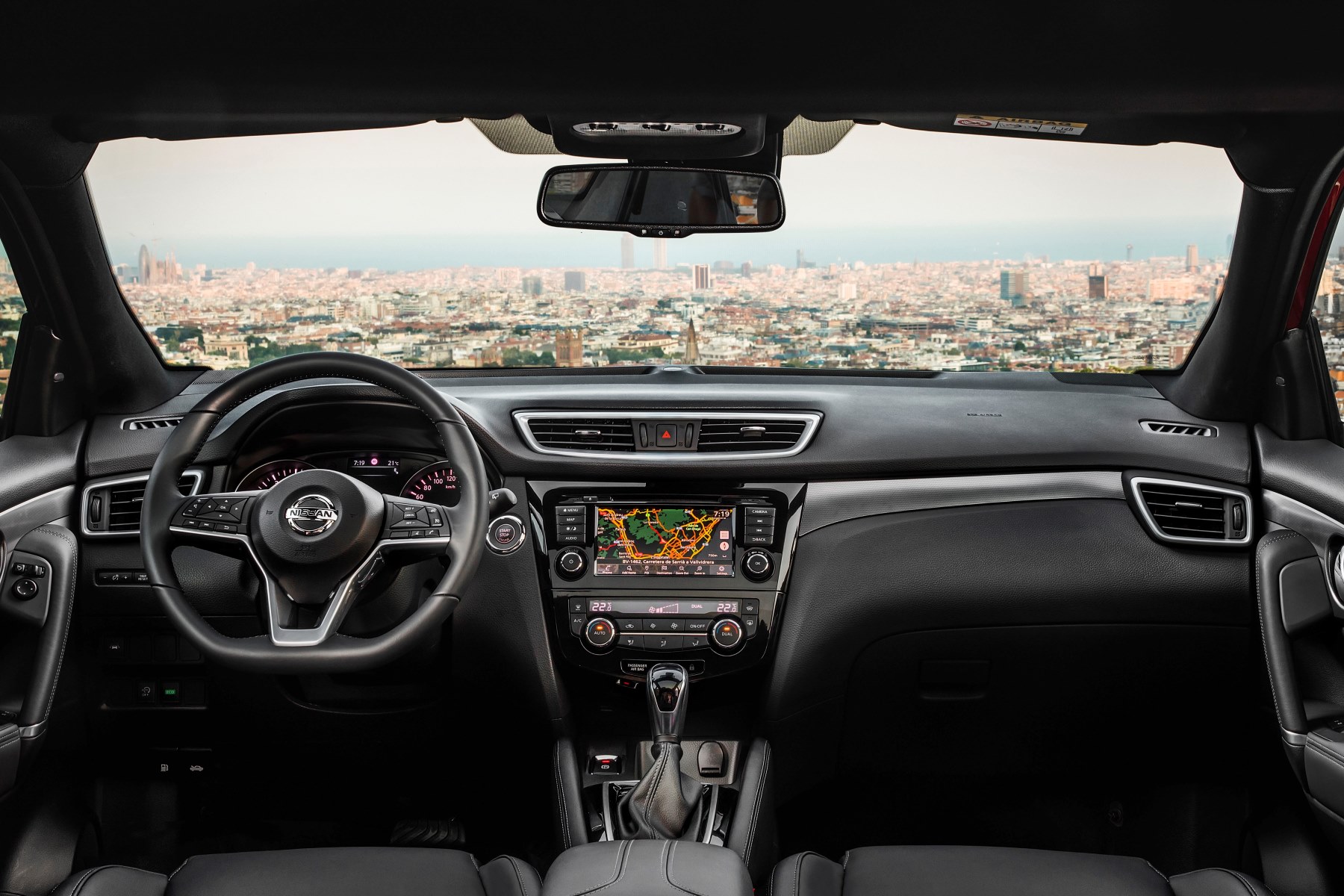
However, the dashboard area in general is a mass of black plastic with a traditional layout and looks particularly in comparison to the futuristic Peugeot 3008.
The pricing for the new Qashqai range begins with a very competitive £ 19,595, which rises to 28,795 GBP, and there are five equipment variant: Visia, Acenta Premium, N-Connecta, Tekna and Tekna+ (we recommend N-Connecta).
Verdict: The success story of Nissan Qashqai shows no signs that he has reached his last chapter. After the successful facelift of 2017 and these latest upgrades, this groundbreaking crossover is rightly one of the most popular cars of the UK.
[ad_2]